
These slow-moving, eucalyptus-eating marsupials native to Australia are beloved for their sweet demeanors and distinctly non-human adorableness. However, they do share one feature in common with homo sapiens: fingerprints. What’s more, their fingerprints, analyzed under a microscope, are virtually indistinguishable in the way they loop and whorl from our own. Researchers posit that koalas adapted this feature—which is also present in primates such as chimpanzees—in order to better grasp the branches they climb to forage for leaves. Check out these other fun facts about animals that live long.
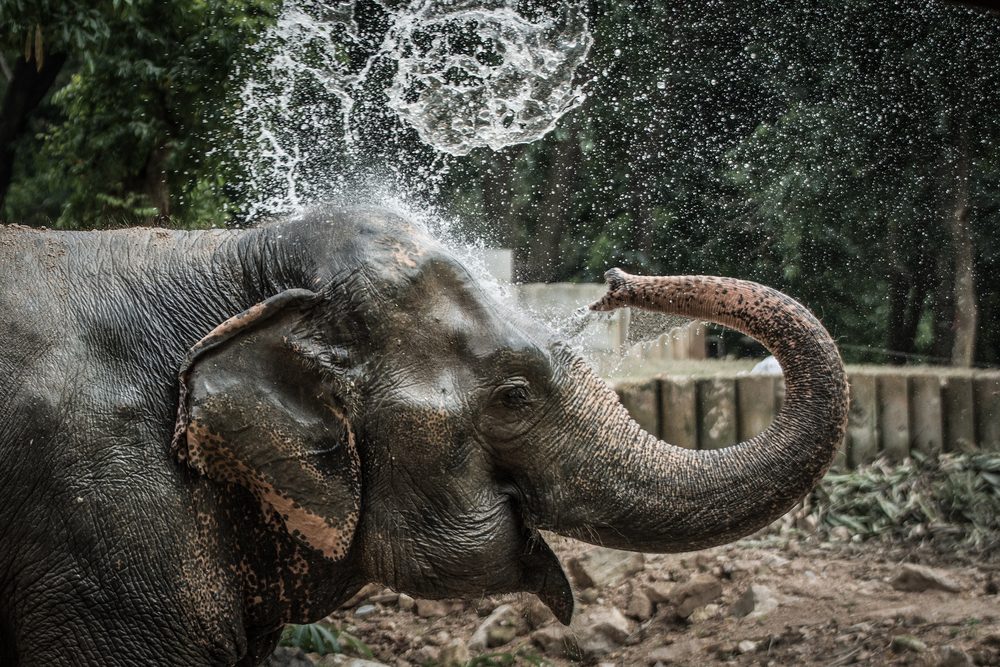
According to Live Science, elephants have “many admirable qualities,” including a fantastic sense of smell, a seeming near-immunity to cancer, and “complex social lives.” Despite all this, here’s a crazy animal fact: elephants are unable to jump. That’s because they have what an evolutionary researcher at the Royal Veterinary College in London calls “wimpy lower-leg muscles” and inflexible ankles—conditions that also make it a challenge for them to run for more than a short distance. These manatee facts will blow your mind.
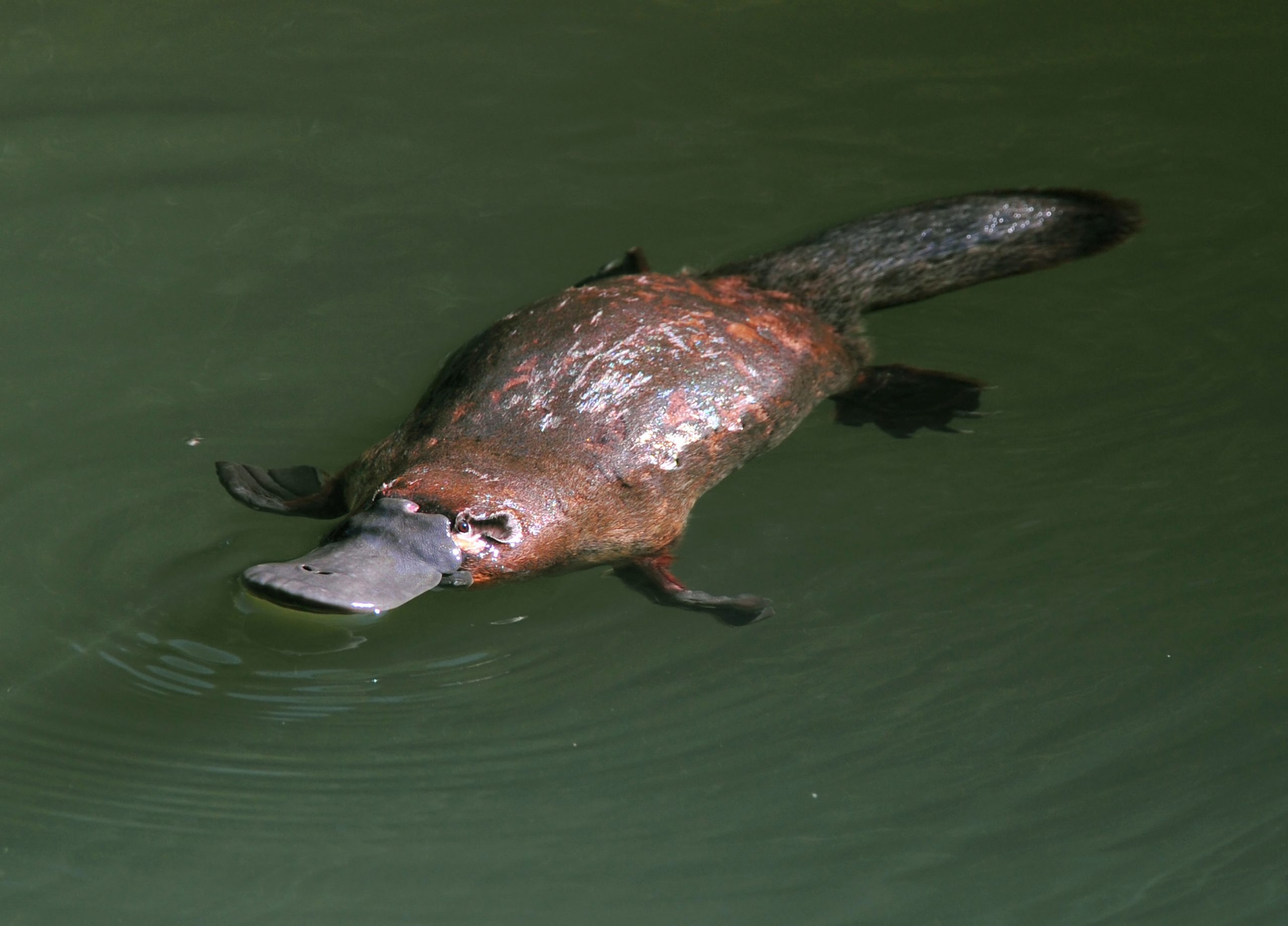
As silly as platypuses look, you certainly wouldn’t want to get on the bad side of one. One of the fun facts about animals that look innocent, like the platypus, are their strange defense mechanisms. The heels of their back feet have spurs that can release venom, making these wild animals one of the few types of poisonous mammals. While the venom isn’t strong enough to kill a human, it’s extremely painful and can cause swelling and even hyperventilation, and that’s definitely enough to make platypuses one of the innocent-looking animals that are actually dangerous.
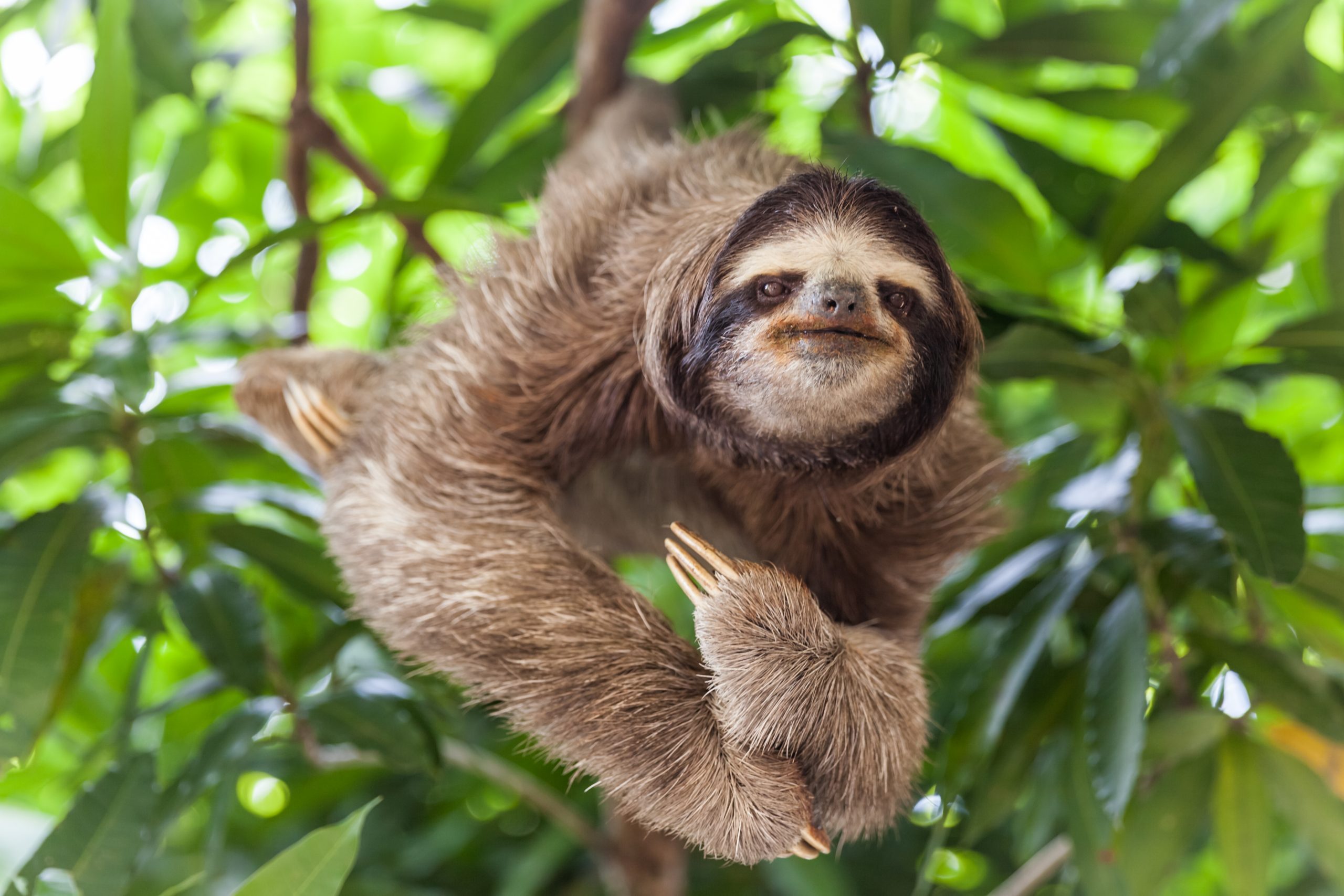
You probably think of sloths as one of the slowest wild animals out there—and they are pretty slow, to be sure! But they actually have a neat talent that you may not know about. They’re skilled swimmers—and they swim about three to four times faster than they usually move! According to Live Science, they do the breaststroke just like humans do, and it’s a vital skill for them to survive in rainforests that have a tendency to flood. If you thought it wasn’t possible for sloths to get any cuter, just imagine one swimming! Or take a look at these adorable sloth pictures you need in your life.
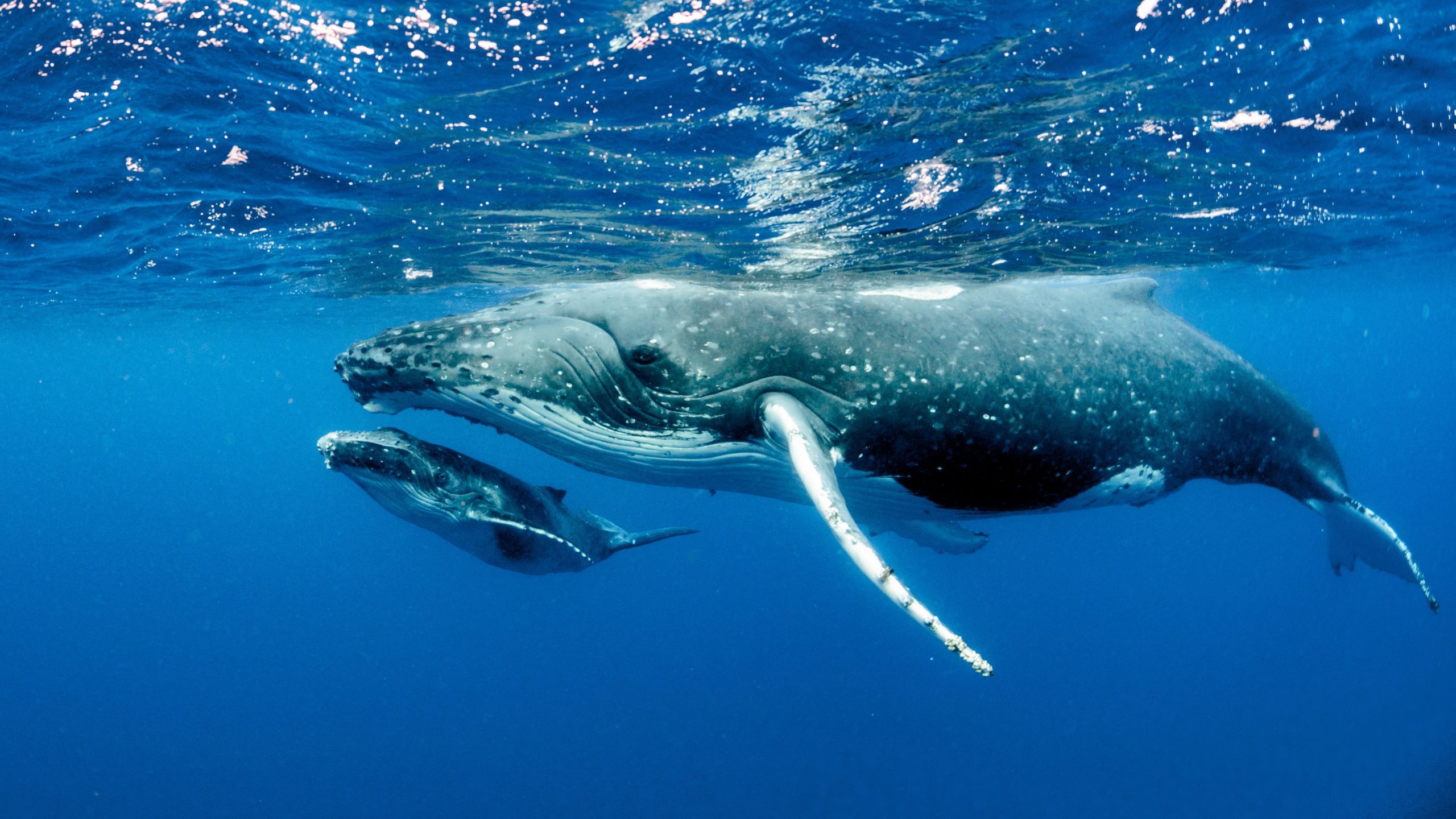
These massive aquatic mammals cannot actually breathe underwater—they have to periodically return to the surface to breathe. So that raises the question, how do they sleep? Do they sleep? Well, they do—but only half of their brains sleep at a time. Known as “unihemispheric slow-wave sleep,” this method allows the whales to get enough rest while also staying alert enough to consciously breathe and be on the lookout for any dangers.
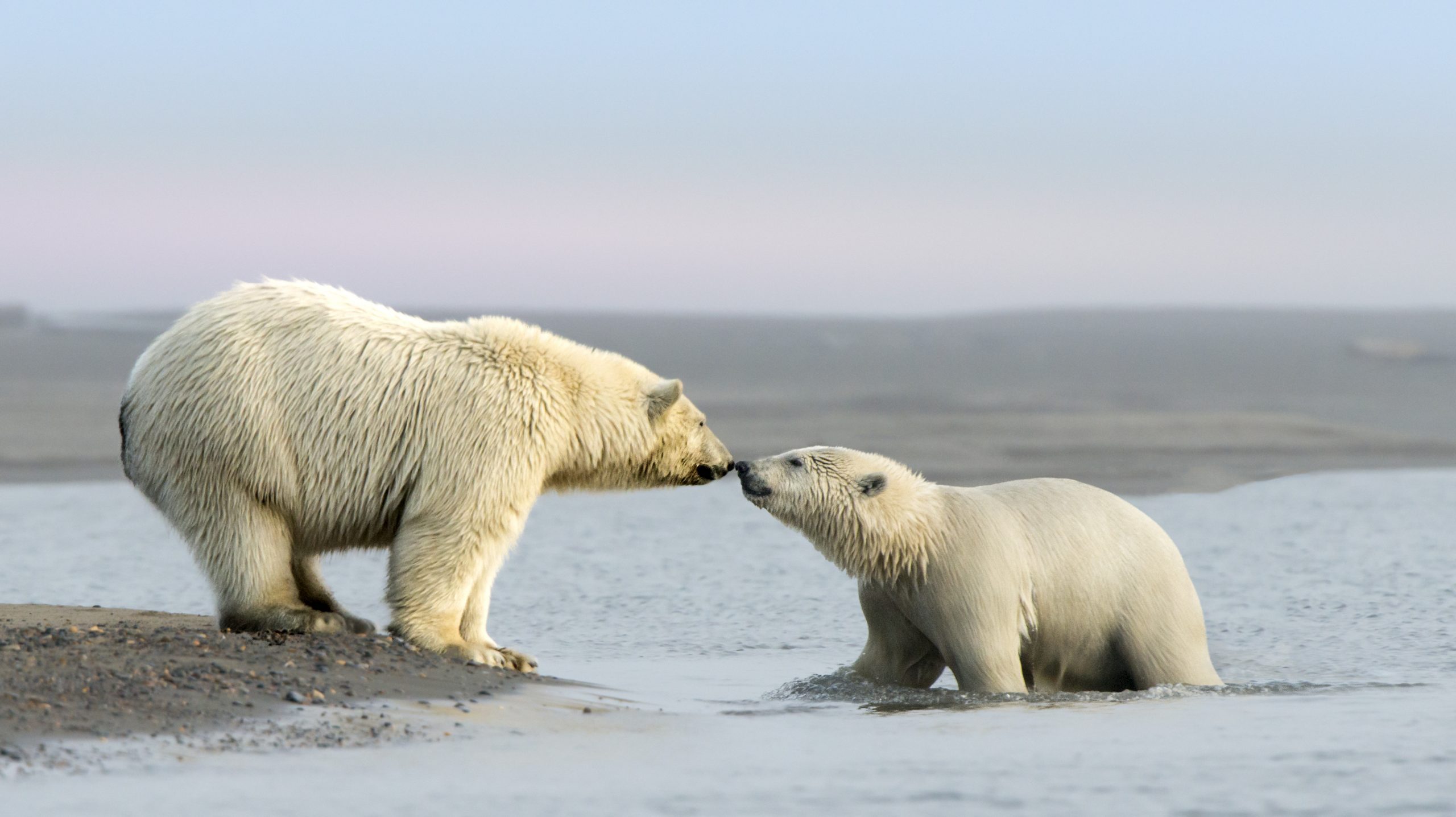
According to Polar Bears International, polar bears use an adorable, unique type of greeting—they touch noses with one another! This is also how they request to share food; a bear will approach another bear that’s feeding and touch its nose to ask permission to join in on snack time.
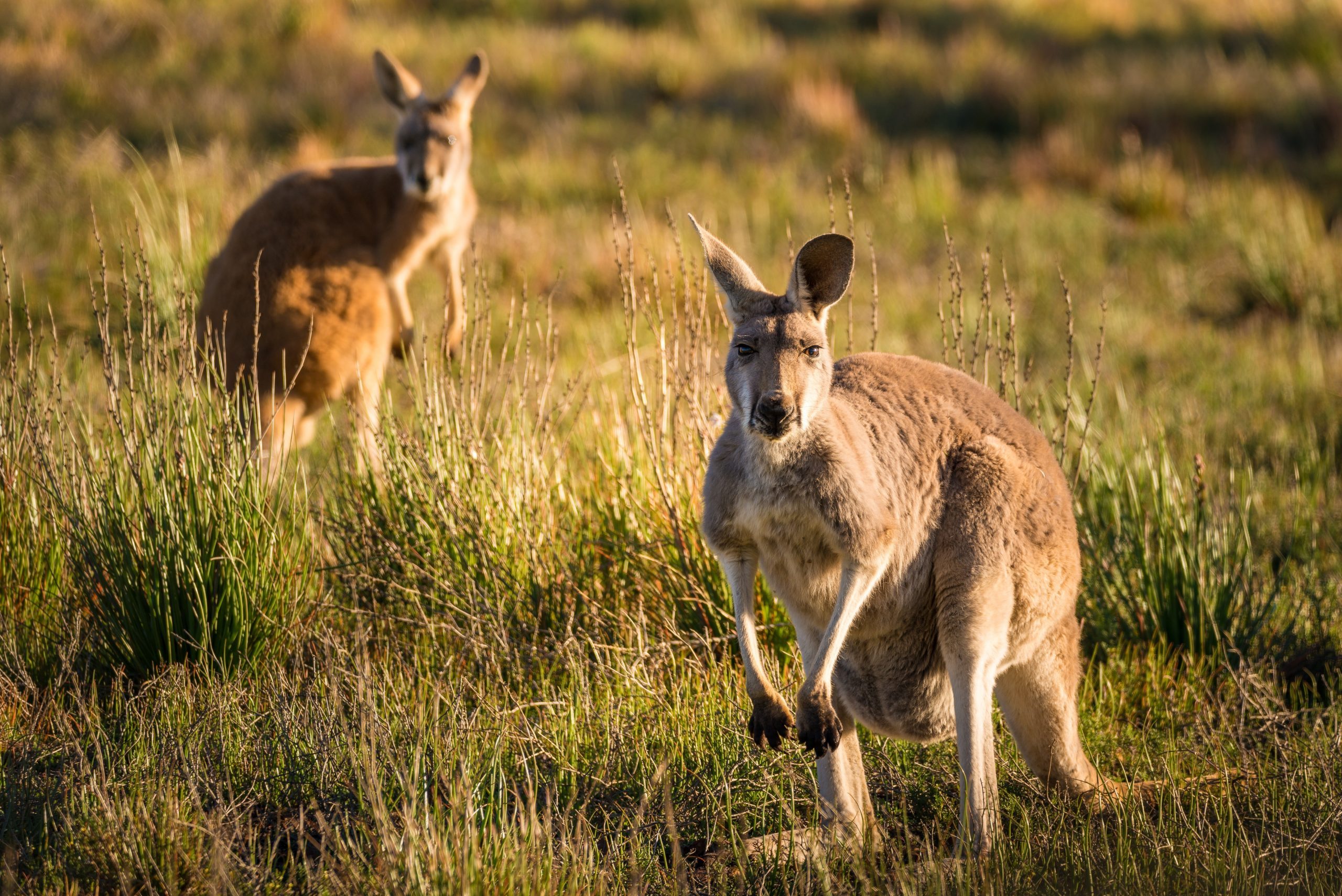
These large Australian marsupials are known for their ability to hop great distances, which is the primary way they get around. But an odd feature they have is that they can’t walk backward, partly because of the structure of their powerful rear feet and their large tails. This is the reason you’ll find a kangaroo on the Australian Coat of Arms—the designers wanted to symbolize the way the nation was only moving forward, so they picked an animal that physically can’t move backward. (The Coat of Arms also has an emu on it—emus can’t walk backwards either).
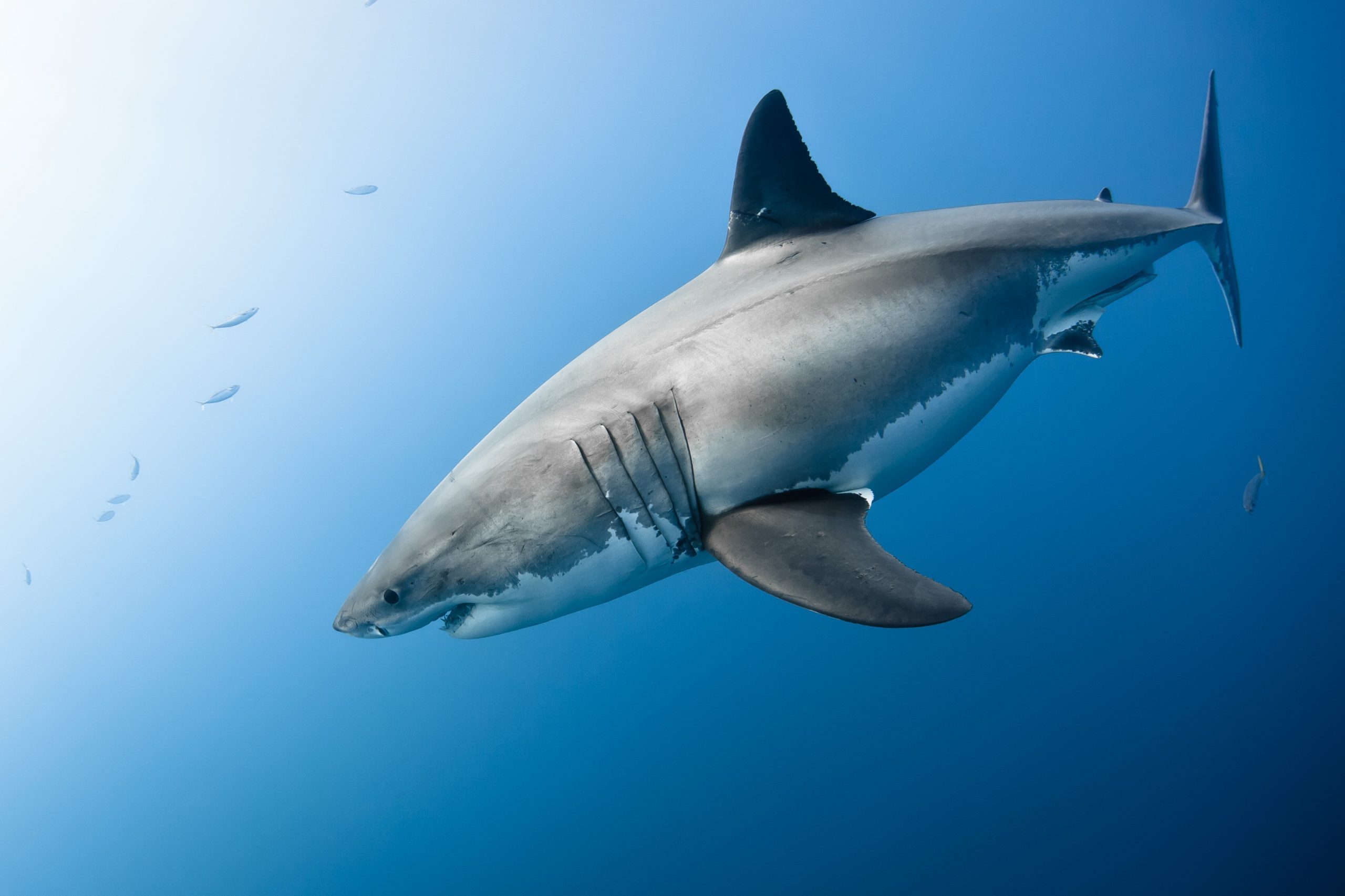
“Just keep swimming…” sings Dory the blue tang in Finding Nemo. For some types of sharks, this is more than just a motivational saying—it’s life or death! Live Science reports that several types of sharks use a certain type of breathing that requires them to swim quickly with their mouths open, which allows oxygen to reach their gills. While some sharks can breathe even if they’re still, great white sharks, makos, and whale sharks (among others) must move constantly to take in oxygen. Check out some more fascinating (and reassuring!) facts about sharks.
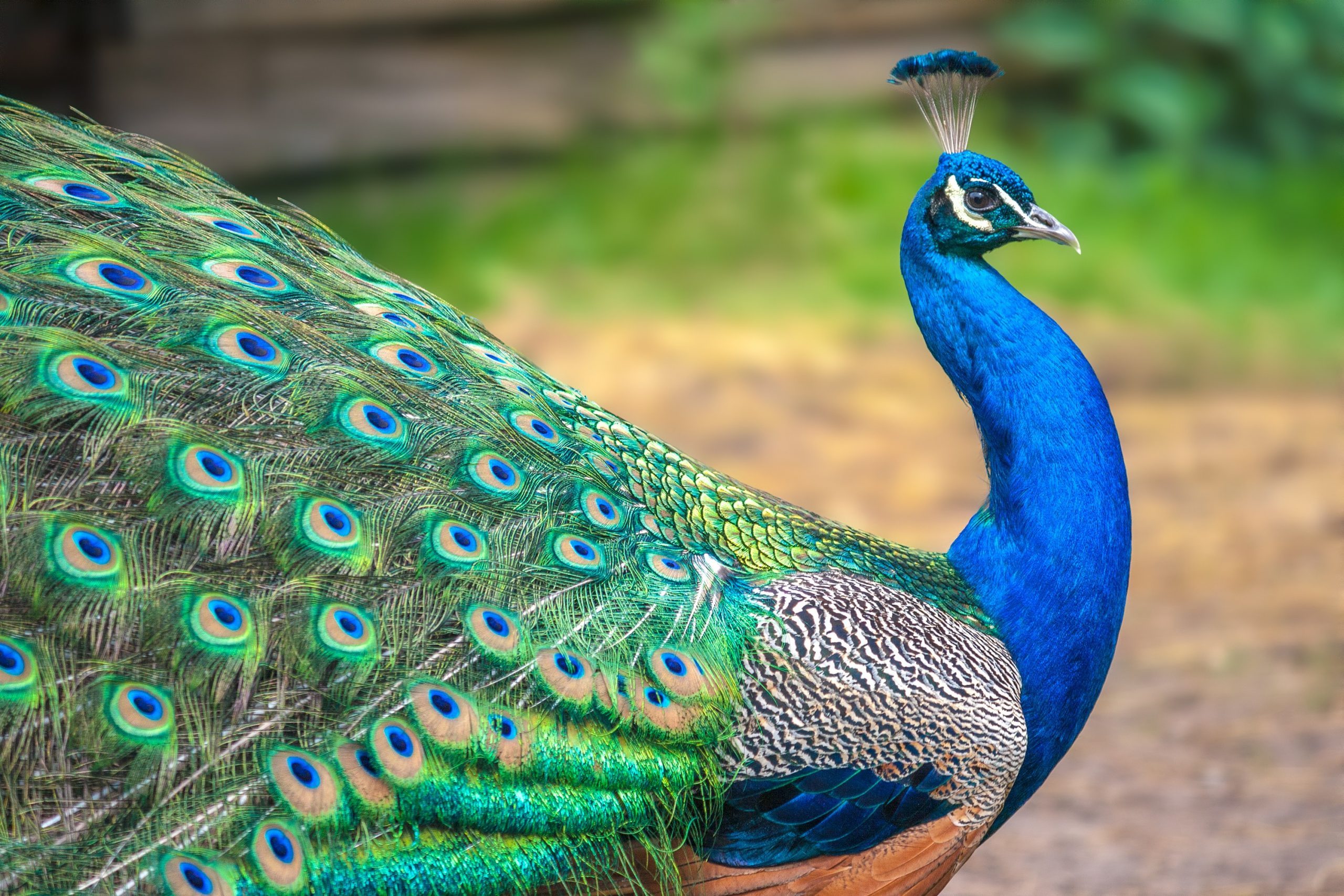
First of all, the idea that “peacock” is the correct name for all of these birds is one of the animal facts that you actually have all wrong. “Peacock” only describes the males; the females are technically called “peahens,” and both sexes are considered “peafowl.” Another interesting fact about peacocks is that they can be born with partially or completely white coloring due to a genetic mutation; this is known as leucism, and the birds are still stunning to look at!
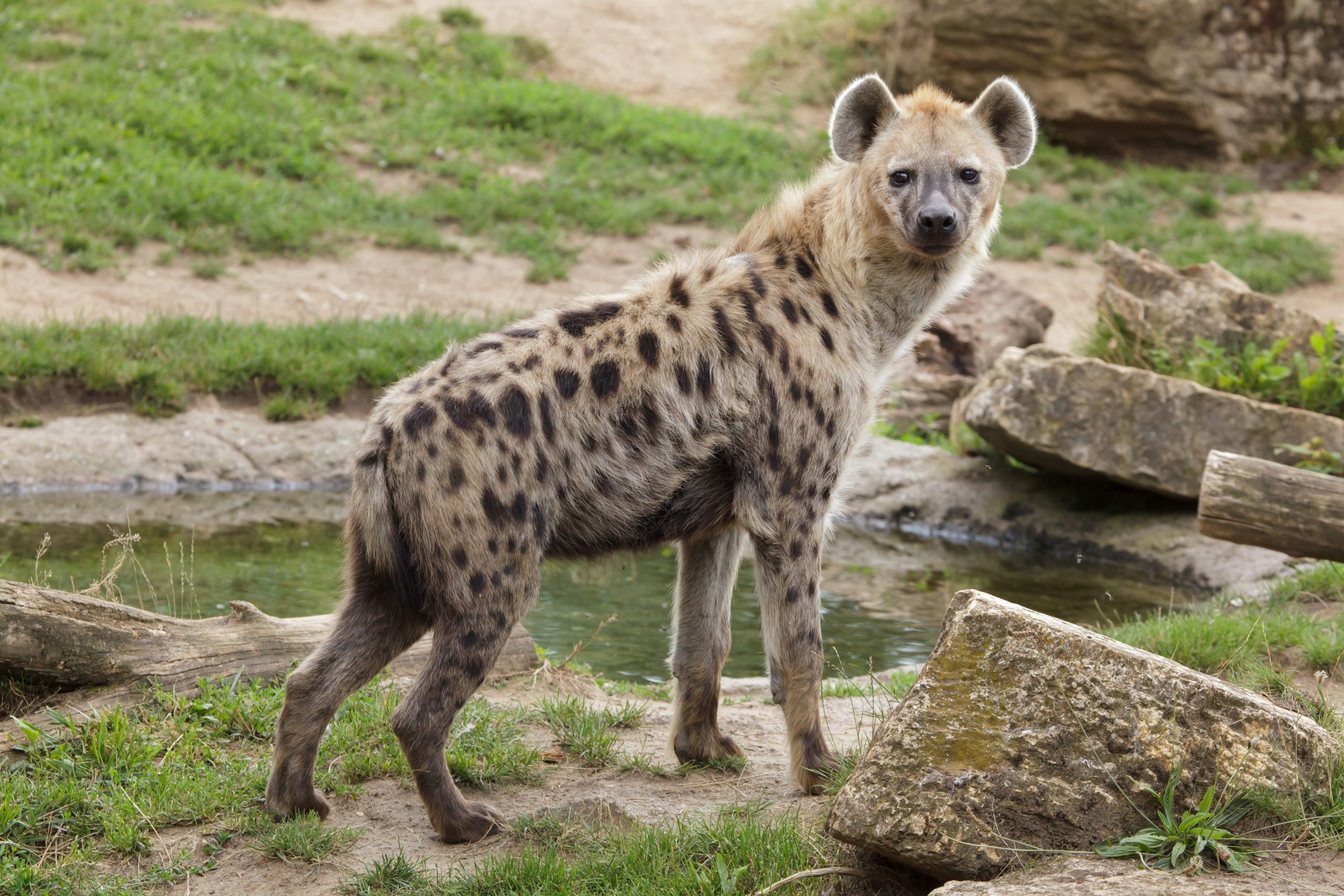
Hyenas are generally thought of and portrayed as dog-like creatures, but these wild animals are actually more closely related to cats, according to National Geographic! Their scientific classification puts them in the “Feliformia” suborder, one of two suborders in the order Carnivora. Feliformia is the “cat-like” carnivores; the other suborder, unsurprisingly, is “Caniformia.” But hyenas are still different enough from big cats to have their own separate family classification—entirely their own family, “Hyaenidae.”
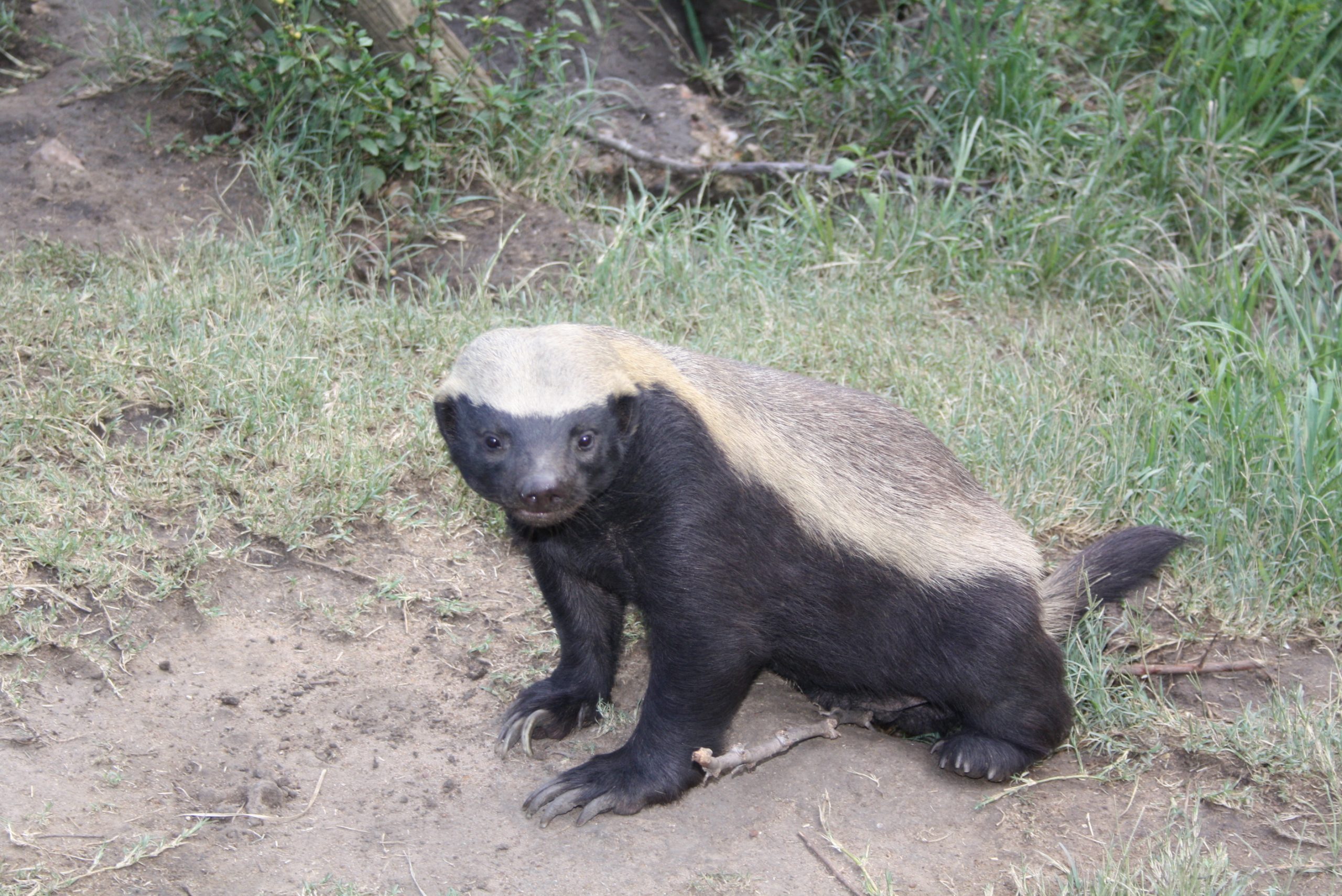
Though honey badgers have developed a reputation for being ferocious and just about indestructible, partly because of their taste for poisonous snakes, they’re actually not naturally immune to poison. When they’re young, their mothers slowly introduce them to poisonous animals like tiny scorpions so that they develop an immunity. Oh, and their name might be something of a misnomer. Though they do look similar, they’re not actually closely related to European badgers; they’re actually part of the weasel family.
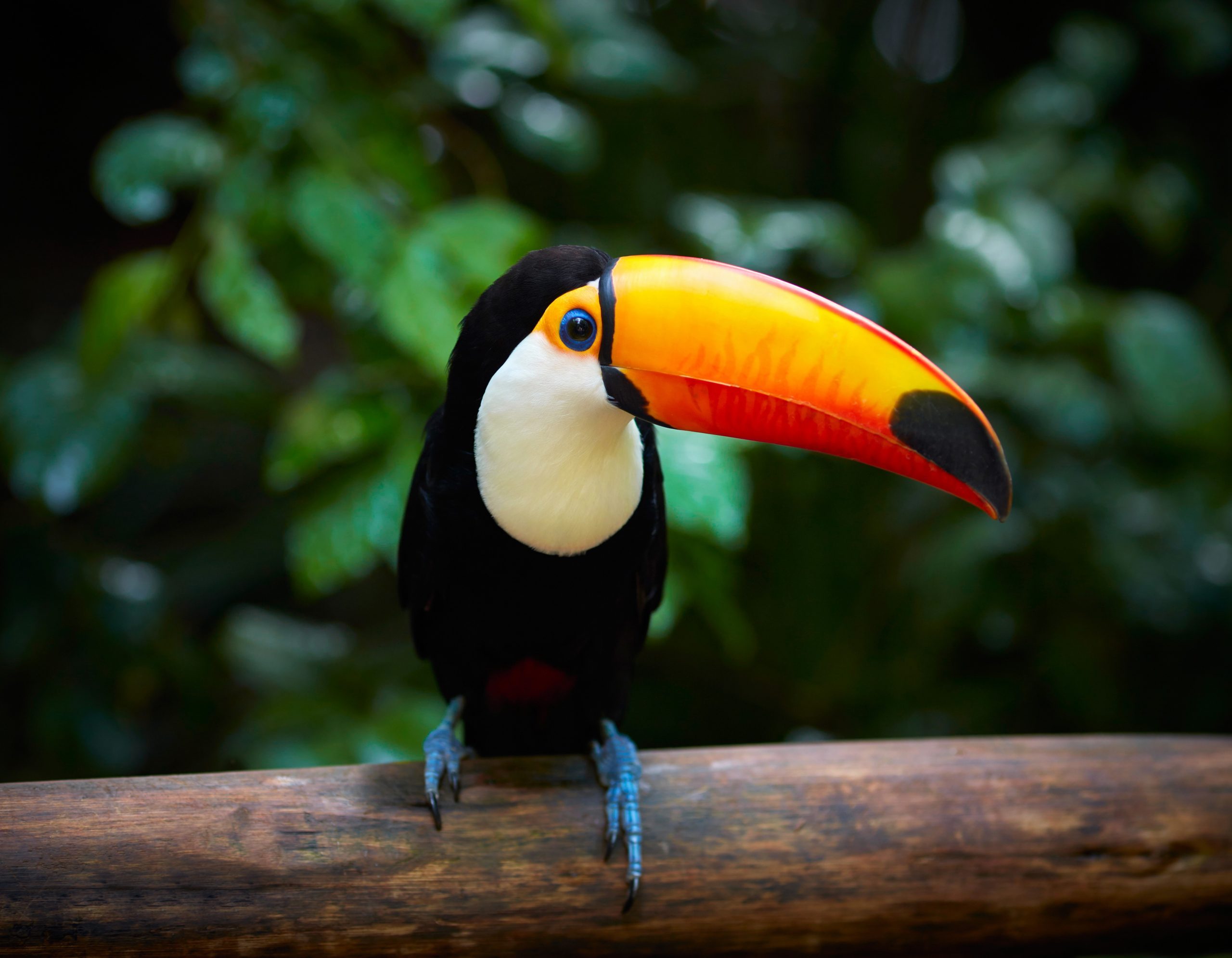
SJ Travel Photo and Video/Shutterstock Toucans
If these birds’ colorful appearances; uses in marketing; and huge, almost plush-looking beaks give you the impression that they’re a fun-loving species, well…you’d actually be right! According to National Geographic, as part of a mating ritual, a pair of toucans will toss fruit back and forth with their beaks! Birds of all species can have quite the sense of humor, as these 22 hilarious bird photos prove.
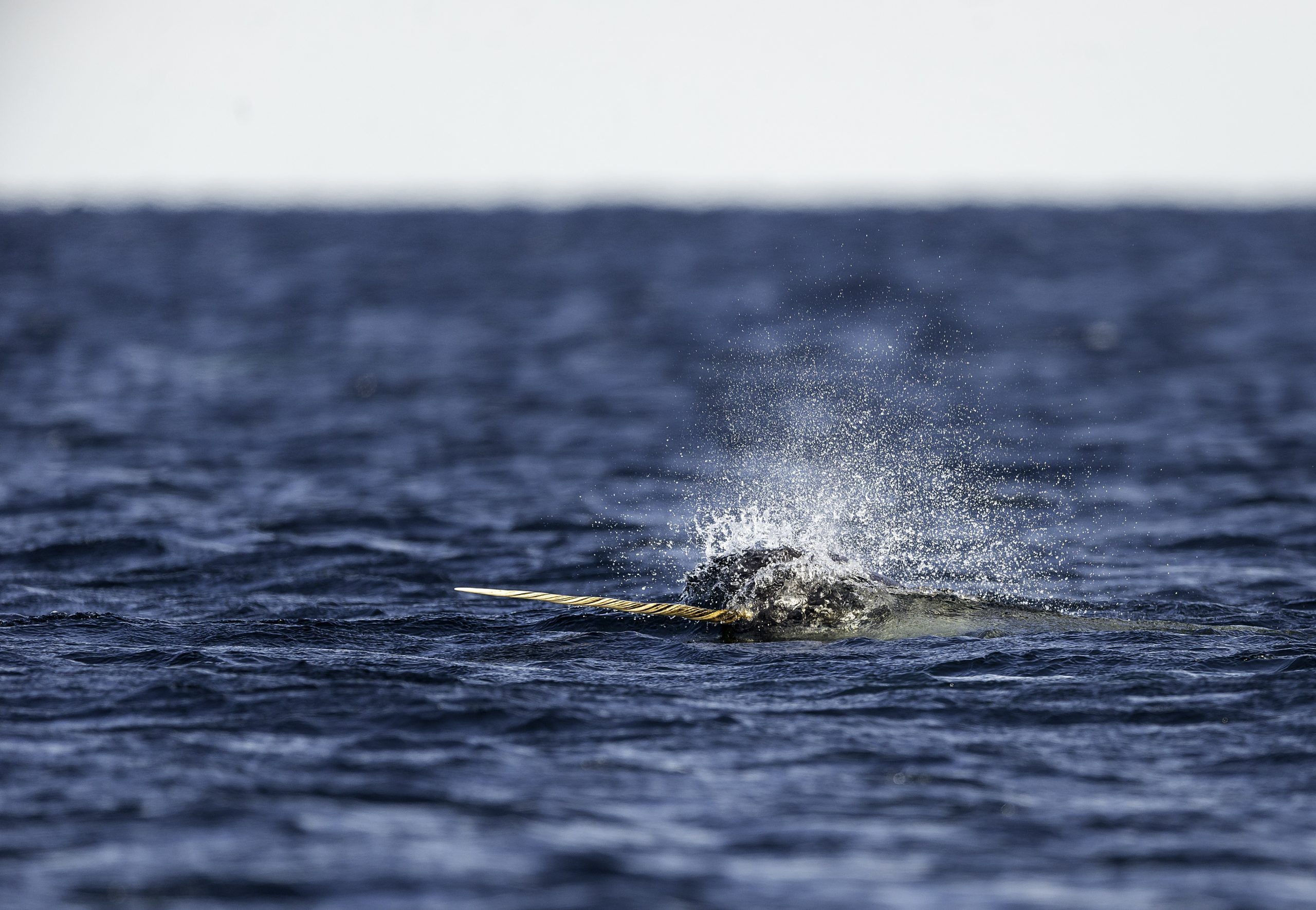
wildestanimal/Shutterstock Narwhals
This “sea unicorn” is a double-take-worthy creature if there ever was one. And learning facts about narwhals doesn’t make them any less bizarre! In fact, get a load of this weird fact: The “horn” or “tusk” that makes them so famous is actually a tooth! It juts right through the male narwhal’s upper lip and reportedly plays a role in attracting a mate. Expand your knowledge of weird animal facts by learning about the strangest animal found in your state.

Gone For A Drive/Shutterstock Quokkas
These smiley Australian mammals are all over Instagram, but they’re more than a pretty face! The creatures are native to the western Australian island of Rottnest, a nature preserve where freshwater is scarce. Luckily, though, these little guys can survive for a full month without drinking water, mainly because their diet includes leaves and vegetation that contain a lot of moisture. Quokkas easily make our list of absolutely adorable wild animals that give puppies a run for their money.
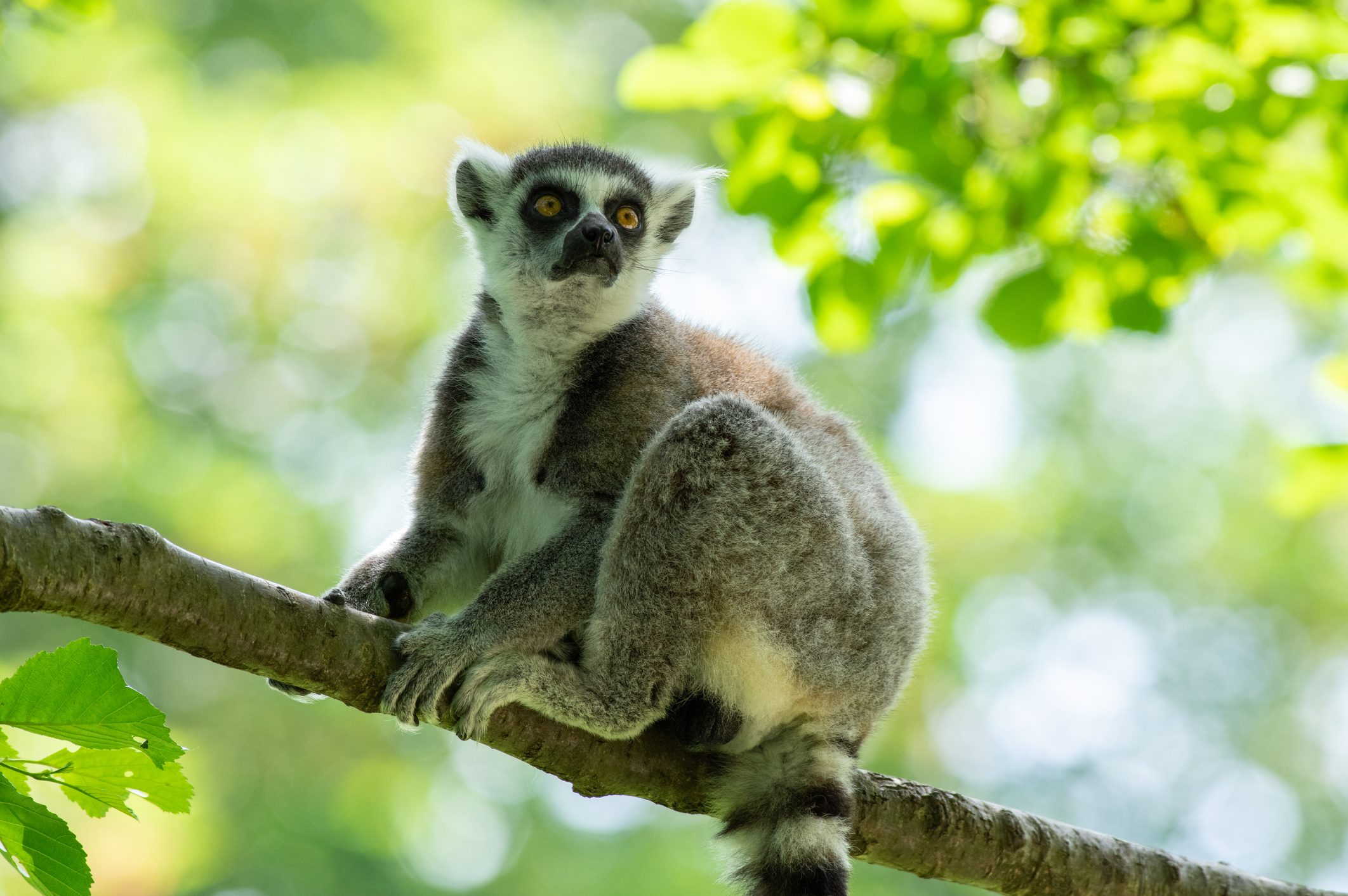
David Briard/Getty Images Lemurs
Though there are more than 100 different species of lemur, lemurs are considered among the most critically endangered mammals in the world due to their low overall number. Some of the most notable types of these Madagascar-dwelling creatures are the ring-tailed lemurs, whose tails are longer than their bodies, and the blue-eyed black lemur, which, according to the San Diego Zoo, is the only primate besides humans that can have blue eyes.
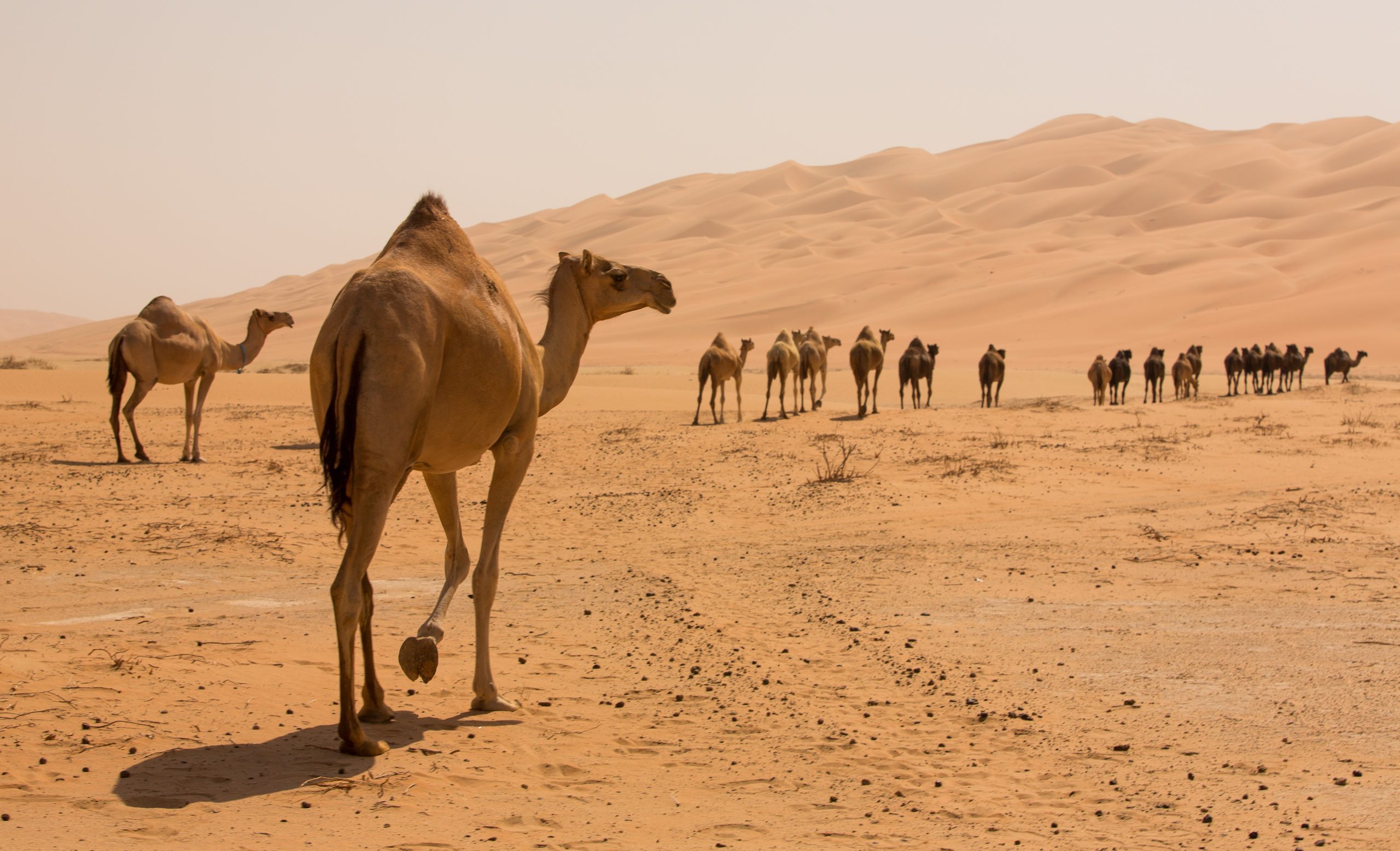
Ali Suliman/Shutterstock Camels
These gentle giants (well, mostly—you certainly wouldn’t want to be on the wrong end of a kick or spit from one!) have been nicknamed “the ships of the desert.” While that’s partly because they’ve carried cargo across the desert throughout much of human history, it’s also because of the “rolling” way they walk. The distinctive way they walk is by moving the legs on each side of their body at the same time (their two left legs, then their two right legs, and so on), making them “rock” back and forth when they walk.
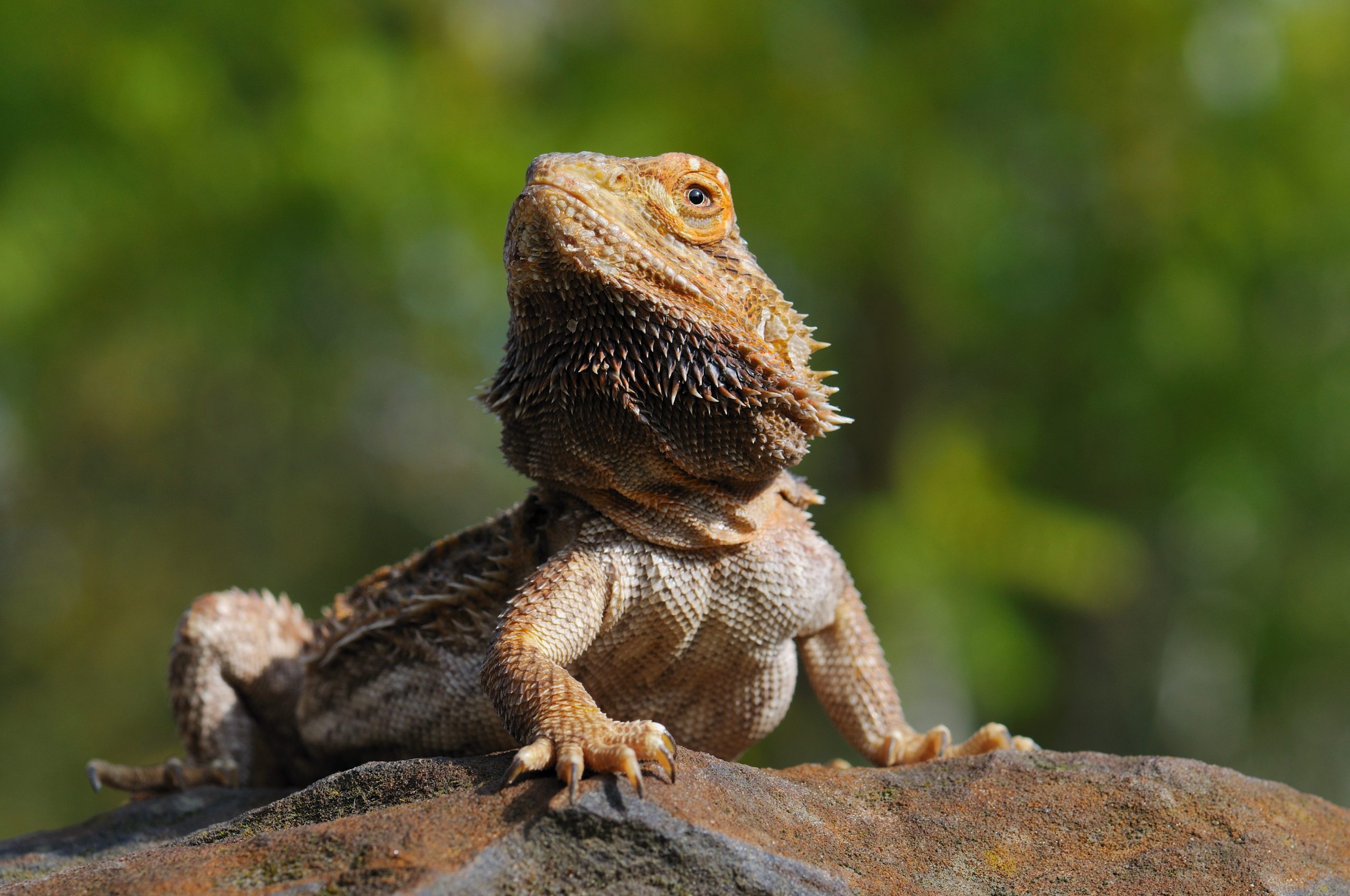
Ryan Ladbrook/Shutterstock Bearded dragons
With a name like that, you’d think these creatures would be the epitome of ferocity—and they certainly look pretty intimidating, to be sure. But, according to PetSmart, they’re actually quite friendly, and they have the adorable quirk of waving their arms in an almost human-like manner to demonstrate recognition.
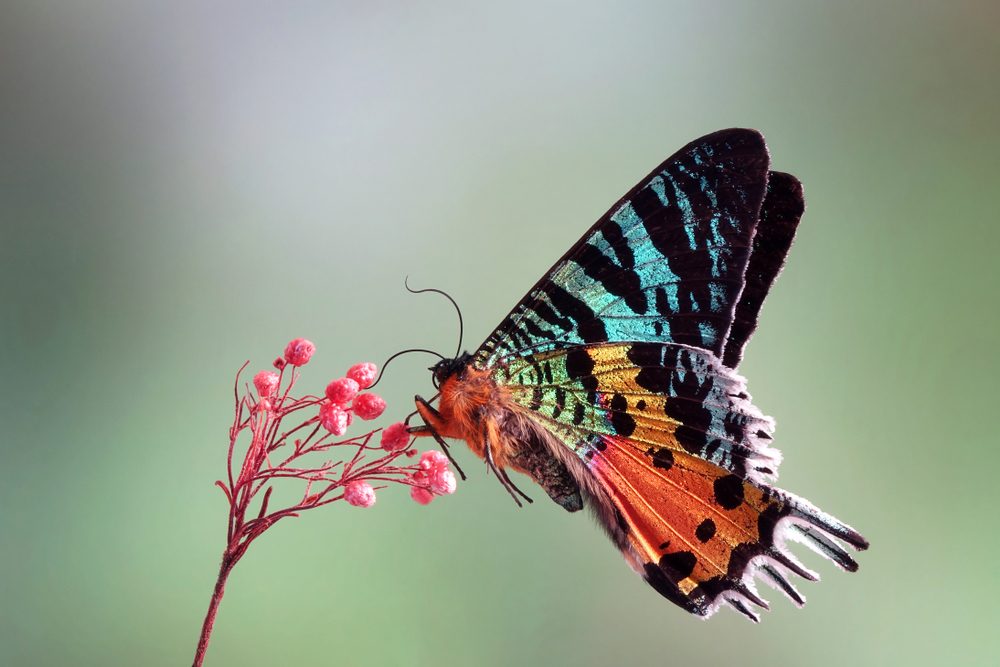
Mark Brandon/Shutterstock Butterflies
Although butterflies have long, tube-like tongues called probosces they unfurl so they can suck in flower nectar, their ability to taste does not come from their mouths. Rather, it lies in their feet. According to the San Diego Zoo, this allows them to discern which flowers they land on are the right ones for laying their eggs on. “[B]y standing on a leaf, they can taste it to see if their caterpillars can eat it,” says the zoo’s website. Learn more fascinating facts about these beautiful creatures.
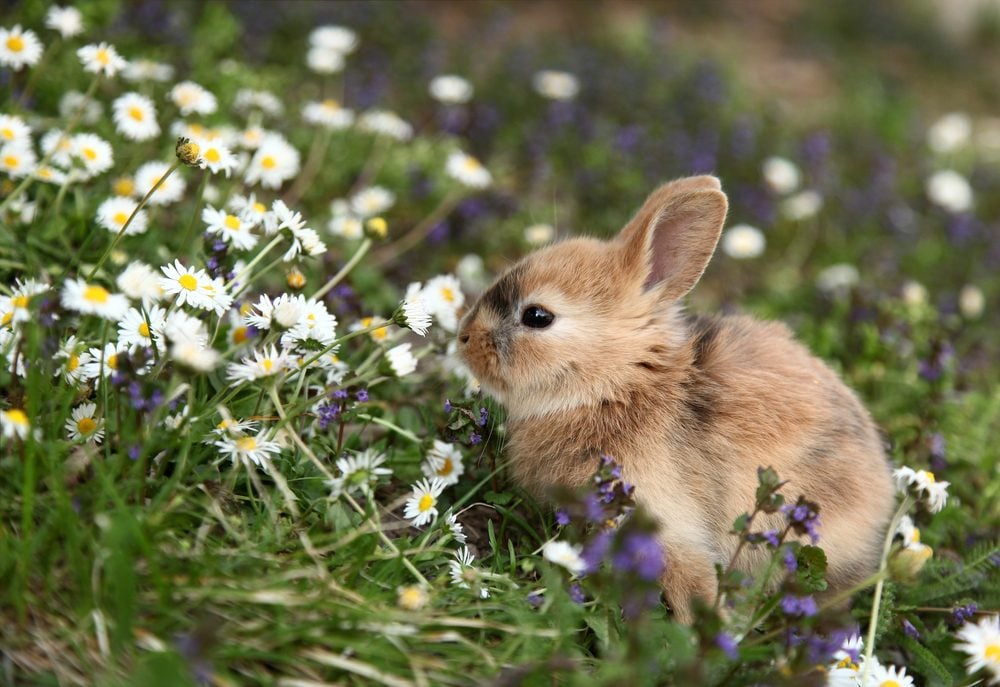
Richard Peterson/Shutterstock Bunnies
Sure, they’ve got those long ears, all the better to hear you with—as AskNature.com points out, they can rotate these appendages 270 degrees in order to detect sounds, some from as far as two miles off, in almost every direction. But they also serve another valuable purpose: they shed heat, allowing rabbits, which can’t sweat like humans or pant like dogs, to stay cool in the summer.
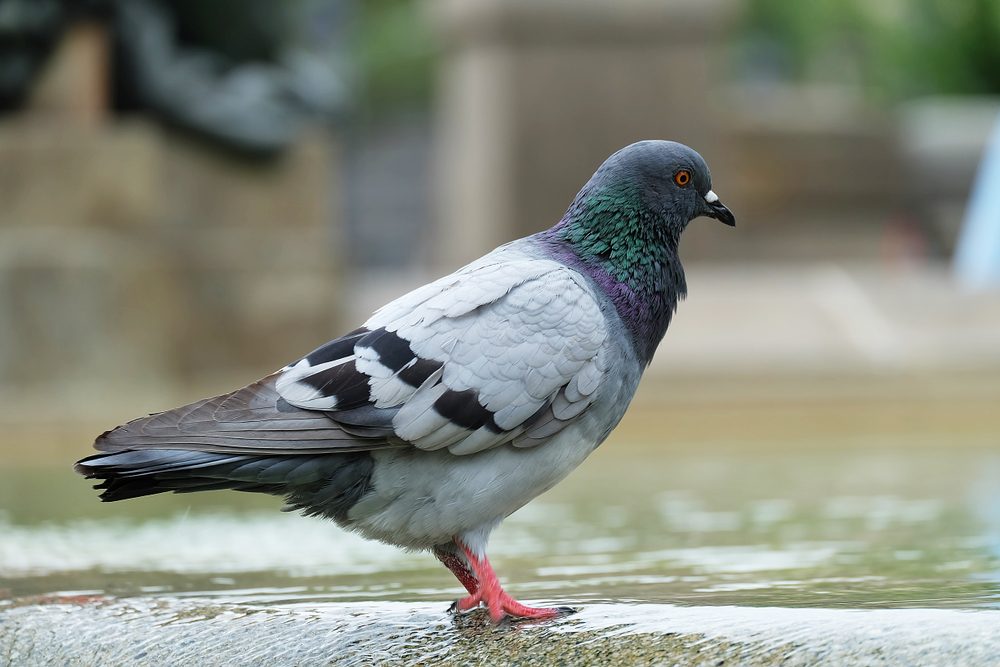
Mostlysunny/Shutterstock Pigeons
Some people call these common urban residents—also, and more accurately, known as rock doves —”rats with wings.” And that’s giving this incredible, intelligent species short shrift. Not only can pigeons be trained to deliver messages across great distances, but researchers at Keio University in Tokyo discovered they could also be trained to distinguish between the paintings of Monet, Picasso, Braque, Matisse, Cézanne, and Renoir. Now that’s one of the top fun facts about animals you probably didn’t know!
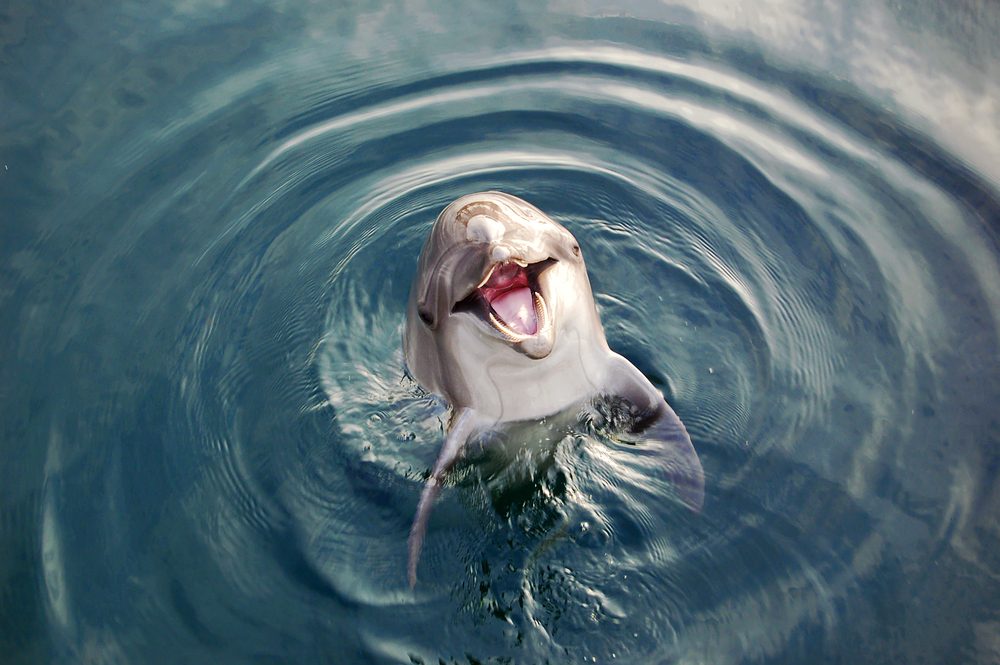
Halyna Parinova/Shutterstock Dolphins
Incredible as this animal fact may seem, dolphins call each other by “name.” Research at the University of St. Andrews found that dolphins can call out to other dolphins by mimicking the distinct whistle of the dolphin they want.
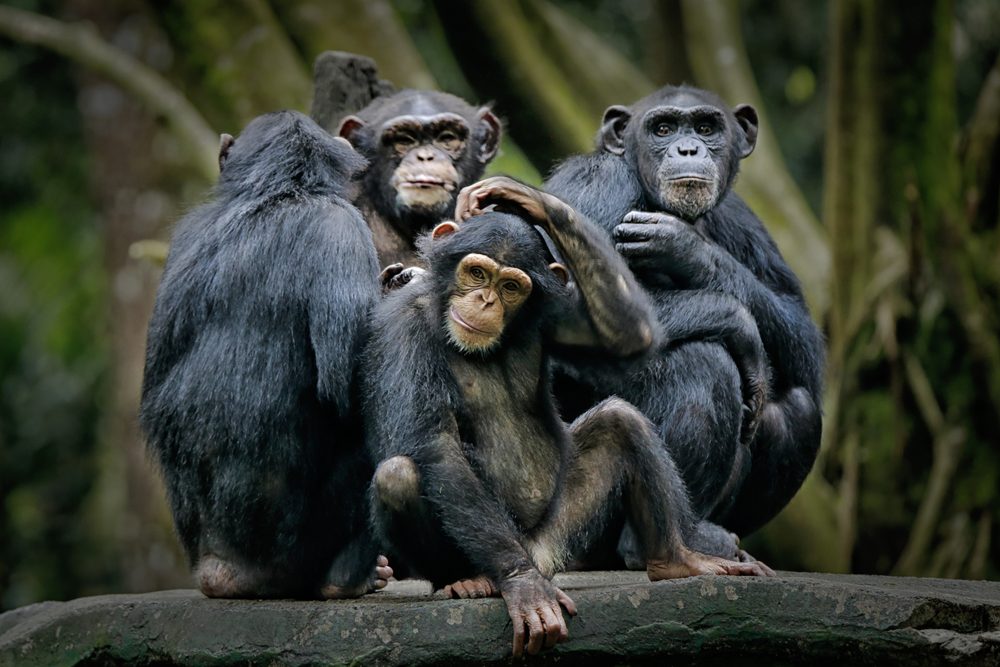
Ari Wid/Shutterstock Chimpanzees
Not convinced that men and chimps are closely related? In 2015, the Royal Science Open Society reported that scientists in Guinea had discovered that the animals they were studying frequently drank fermented palm sap—an alcoholic, naturally-occurring sort of wine that human locals are also partial to. The cool clincher: the chimps also used utensils to gather and drink this liquor, namely, crushed leaves they used as “sponges” to sop it up and move it to their mouths—often in copious enough quantities that some of them actually got drunk.
Thec ia large cat native to Africa and central Iran. It is the fastest land animal, capable of running at 80 to 128 km/h, and as such has several adaptations for speed, including a light build, long thin legs and a long tail.
The jaguar is a large felid species and the only extant member of the genus Panthera native to the Americas. The jaguar's present range extends from Southwestern United States and Mexico in North America, across much of Central America, and south to Paraguay and northern Argentina in South America.
So that is it for today. If you loved the post please do share. And, Do you like animals? And which animal thr most? Do tell me in comments.
Thanks for reading.
By Amazing Facts.






0 Comments
Please do not spam or leave your link.